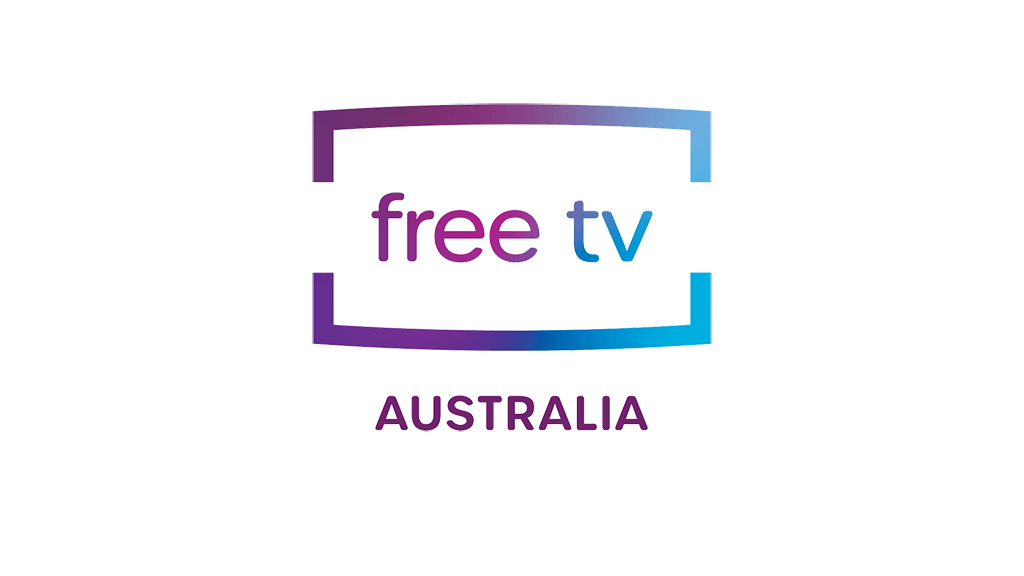Free TV Australia has set out a road map for the future of commercial free-to-air television in the country. The detailed submission, on behalf of commercial free-to-air television broadcasters, comes in response to the Government’s Media Reform Green Paper. It suggests that the technical proposals in the Green Paper would result in a reduction in services or uncompetitive picture quality. It concludes that further work is required to ensure a holistic approach to the long-term future of free-to-air broadcasting.
“The Free TV industry has proposed a technology and regulatory pathway that recognises the central role that broadcast terrestrial free-to-air services currently play in the lives of Australians and the importance of ensuring they continue to be accessible to Australian communities,” wrote Greg Hywood, the chairman of Free TV Australia.
“Free-to-air television delivers critical services that no other platform does — free, ubiquitous locally relevant viewing to all Australian homes.”
The Free TV Australia submission outlines why reforms are critical to ensure the future quality of the TV technology platform, and a sustainable and competitive industry that can continue to deliver the social and cultural objectives of the Government.
Among the key reforms proposed are requirements for prominence for broadcast and on-demand services, principles of net neutrality, extension of the protection of sporting key events to apply to online platforms, review of spectrum payments, and addressing the financial pressures on free-to-air television broadcasting in regional and remote areas.
“Any proposal for regulatory or technology change should be measured by whether it will secure a strong future for commercial television over the next decade and beyond,” said Bridget Fair, the chief executive of Free TV Australia.

The submission commends a more holistic view of television evolution, noting that delivery is already a ‘hybrid’ of multiple platforms and will remain so. It suggests that the proper starting-point is a detailed consultation process with all stakeholder groups, to understand how their requirements of free-to-air television and the terrestrial broadcast platform will evolve over time.
The report recommends retaining the option to upgrade the viewer experience over time, including the option of upgrading the existing terrestrial platform to DVB-T2 transmission technology and HEVC compression, providing potential for improved picture quality that viewers will expect. The report also references the role of HbbTV and DVB-I in platform evolution.
The long-term need for terrestrial broadcasting is emphasised. Broadcasters are exploring technology upgrades to ensure that the platform can support higher quality services over time. The report concludes that any decisions regarding the 600MHz band should be made in the context of developing a holistic long-term strategy for free-to-air broadcast.
The submission by Free TV Australia on the Media Reform Green Paper is available on the Free TV Australia web site.
